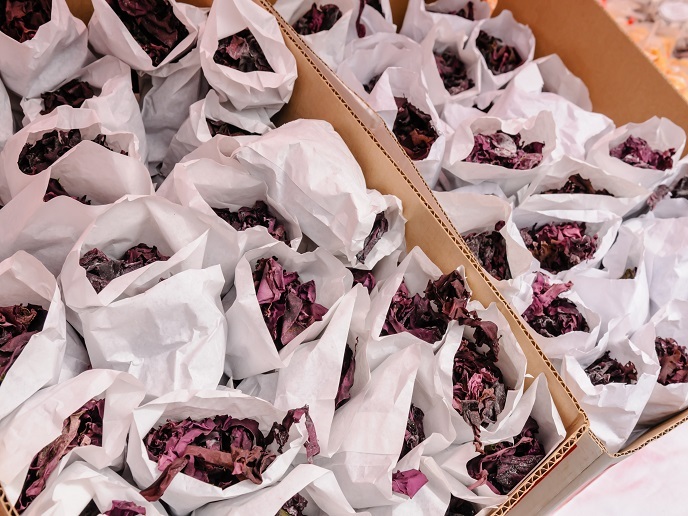Helping shrimp defend themselves against disease
A haemocyte is a tiny cell that plays a big role in the immune system of invertebrates such as shrimp. “Why should we care about a shrimp’s haemocyte cells?” you ask. Simple, no haemocytes, no shrimp cocktails. “To meet the ever-growing demand for shrimp, shrimp farms must be able to stop infectious diseases – and doing so starts with haemocytes,” says Hans Nauwynck, a virologist at Ghent University(opens in new window). According to Nauwynck, haemocytes help shrimp in killing pathogens such as bacteria and viruses. Thus, the more we know about how they work, the better equipped we will be to protect shrimp populations, which is exactly what the EU-funded ShrimpLLH project aimed to do. “By shedding new light on the nature and role these cells play in immunity, we can harness shrimps’ natural ability to defend themselves against harmful pathogens,” explains Nauwynck.
Killer cells
The project, which was undertaken with the support of the Marie Skłodowska-Curie Actions(opens in new window) programme, focused on a specific haemocyte subpopulation that was recently discovered by Nauwynck’s lab: the lymphocyte-like haemocyte. “Our goal was to learn whether or not these cells can kill viral infected cells,” notes Nauwynck. But before they could do this, researchers first needed to make monoclonal antibodies – always a risky venture – and a method to culture shrimp cells. “One of the early outcomes of our work was the creation of an innovative medium for the culture of shrimp cells, which really helped us with this project and has since been patented,” adds Nauwynck.
A tag-team attack
With these tools in hand, researchers got to work. “We already demonstrated that haemocytes produce both granzymes and a perforin-like protein and that their expression increases during a viral infection,” remarks Nauwynck. As Nauwynck explains, granzymes are serine proteases that use apoptosis to kill a targeted cell. Perforin, on the other hand, drill holes in the targeted cell’s membrane, allowing the granzymes to enter and attack. “We have shown that lymphocyte-like haemocytes bind to foreign cells and kill them,” notes Nauwynck. “We are now studying whether this killing is performed by a cooperation of granzymes B and/or G and torso-like protein and whether viral infected cells are also being targeted.”
Drugs for diseased shrimp
If successful, this will be the first time that a haemocyte-mediated breakdown of a viral infected cell is demonstrated in invertebrates. “Being able to screen molecules and activate this virus-killing process could open the door to being able to treat diseased shrimp with drugs,” says Nauwynck. This is why Nauwynck believes financing fundamental research in shrimp populations is so important. “Research is the key to controlling diseases in shrimp, creating a robust and healthy shrimp farming industry, and ensuring there’s plenty of these tasty crustaceans available for everyone to enjoy,” concludes Nauwynck.







